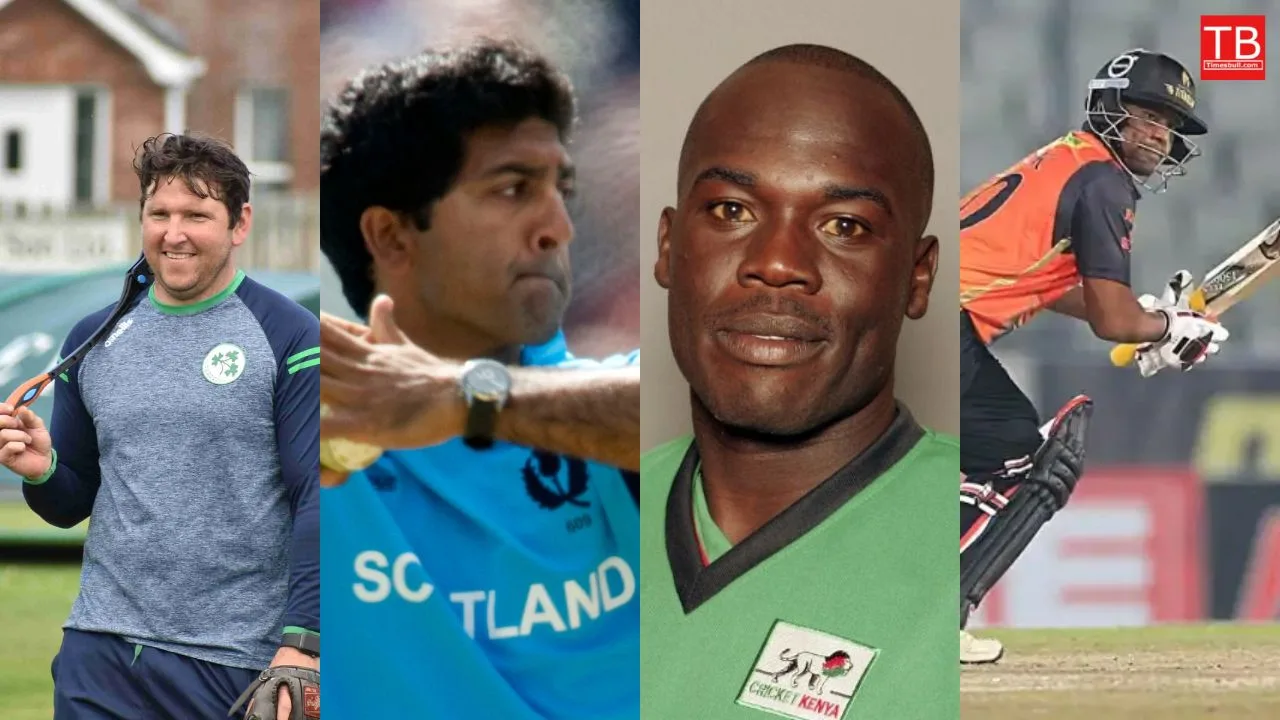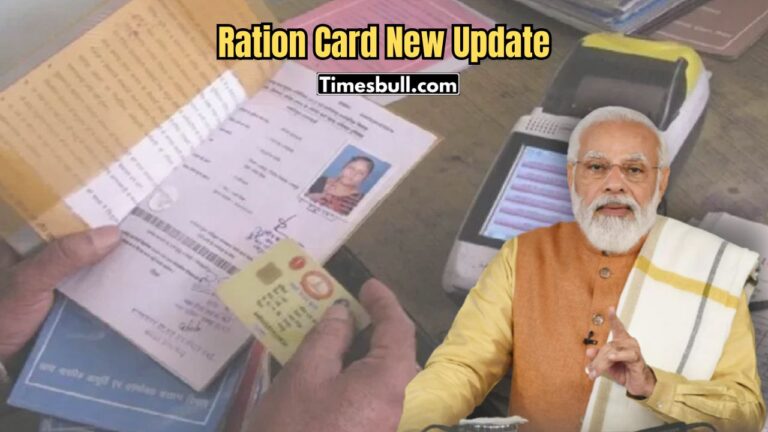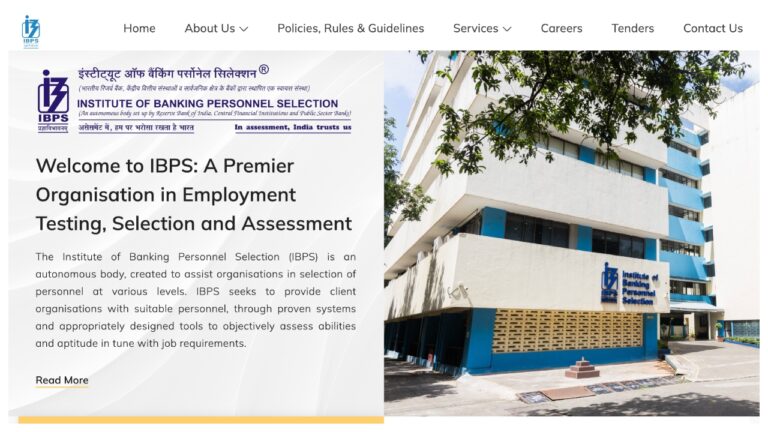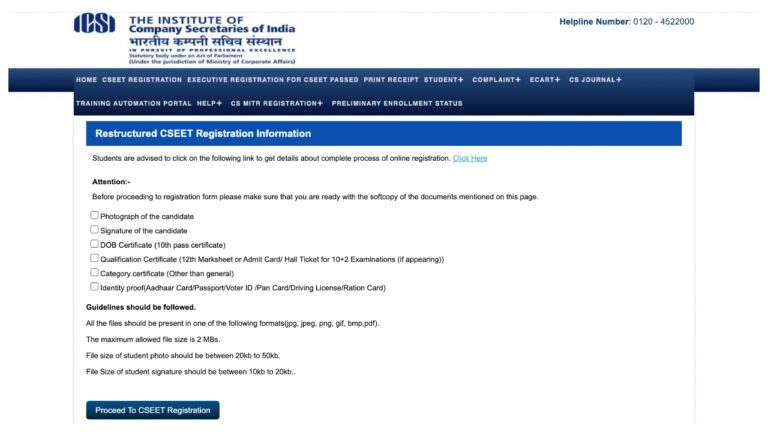The main reason why T20 cricket has spread so quickly around the world is the runs, more specifically, the flow of fours and sixes. The audience enjoys watching the batsmen hit big shots. In this format, batsmen play a variety of exciting shots to score runs quickly, which increases people’s interest in T20 cricket.
However, some players have taken a different approach in T20 cricket. They have played slow innings in the T20 World Cup, and in some cases, their performance has been a major setback for their team. This list highlights the batsmen who have batted at the lowest strike rates in innings of at least 30 balls in the World Cup.
1. David Obuya (Kenya)
David Obuya makes it to this list for his slow innings in the 2007 World Cup against Sri Lanka. He scored only 18 runs off 33 balls with a strike rate of 54.54, hitting just one-four.
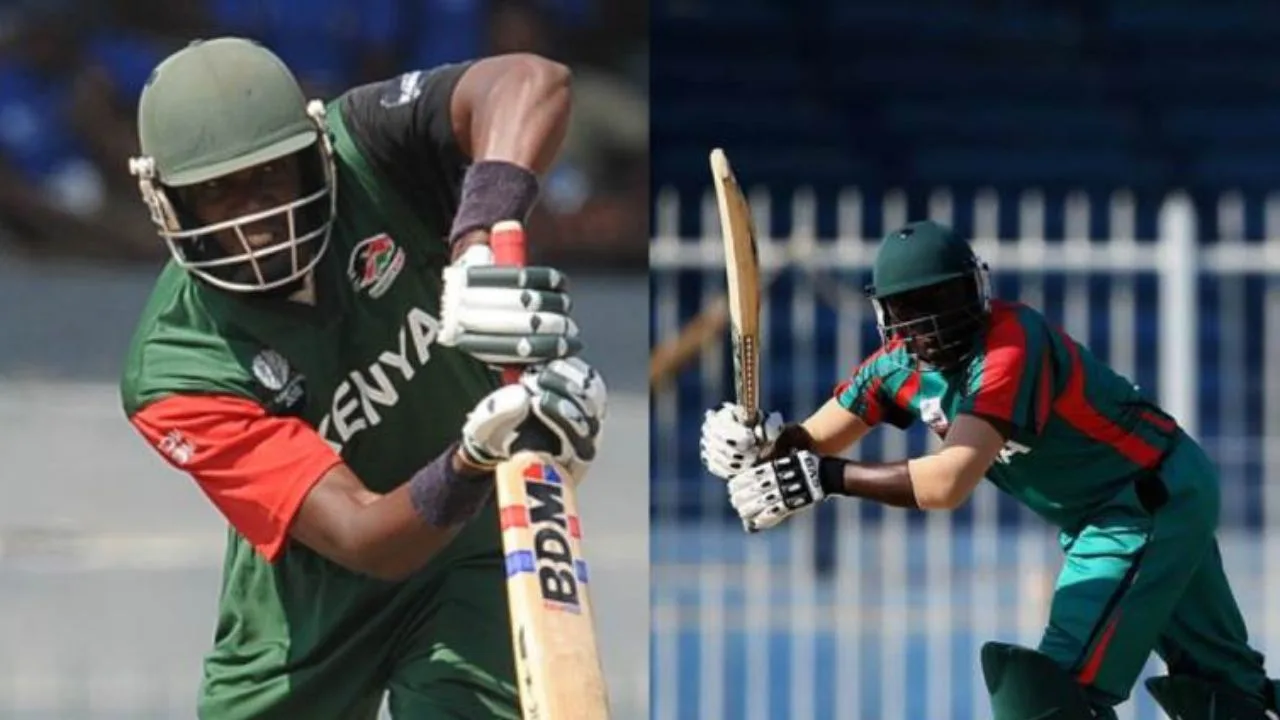
2. Gary Wilson (Ireland)
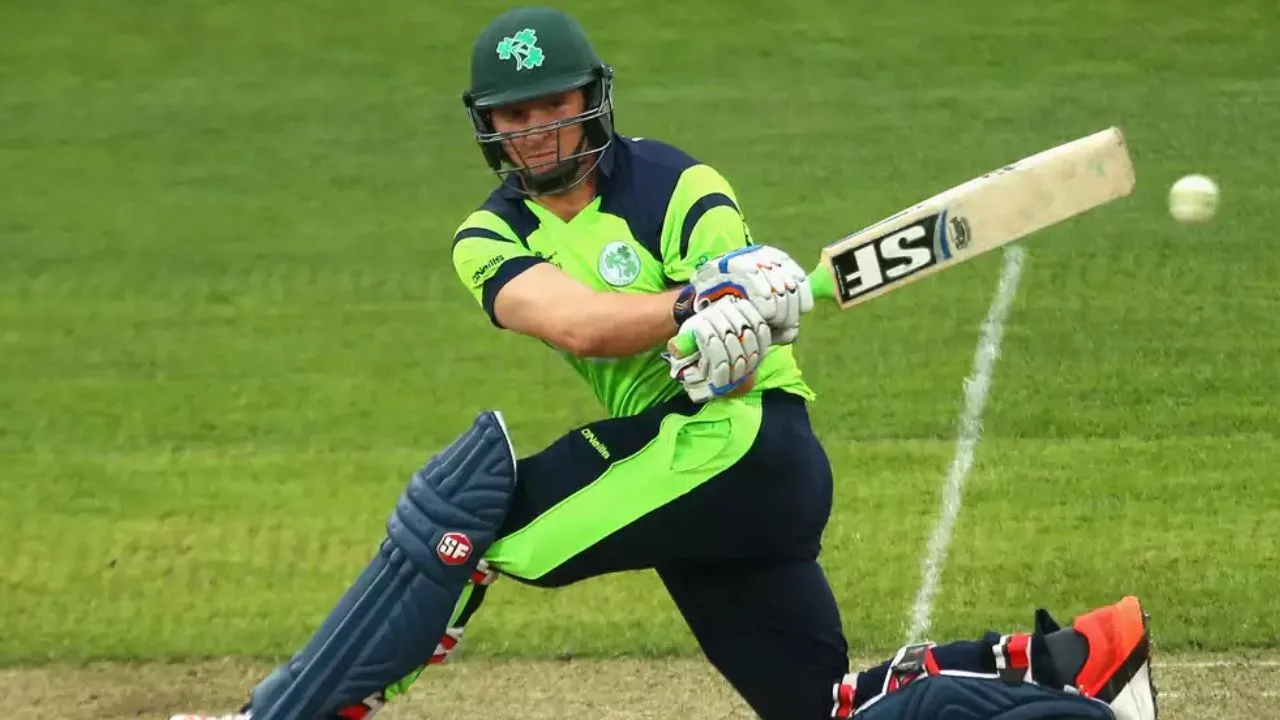
Gary Wilson’s slow innings in the 2010 T20 World Cup against the West Indies places him here. He batted for around 40 minutes, scoring 17 runs off 34 balls. His strike rate was 50.00, and he didn’t hit any boundaries.
3. Lendl Simmons (West Indies)
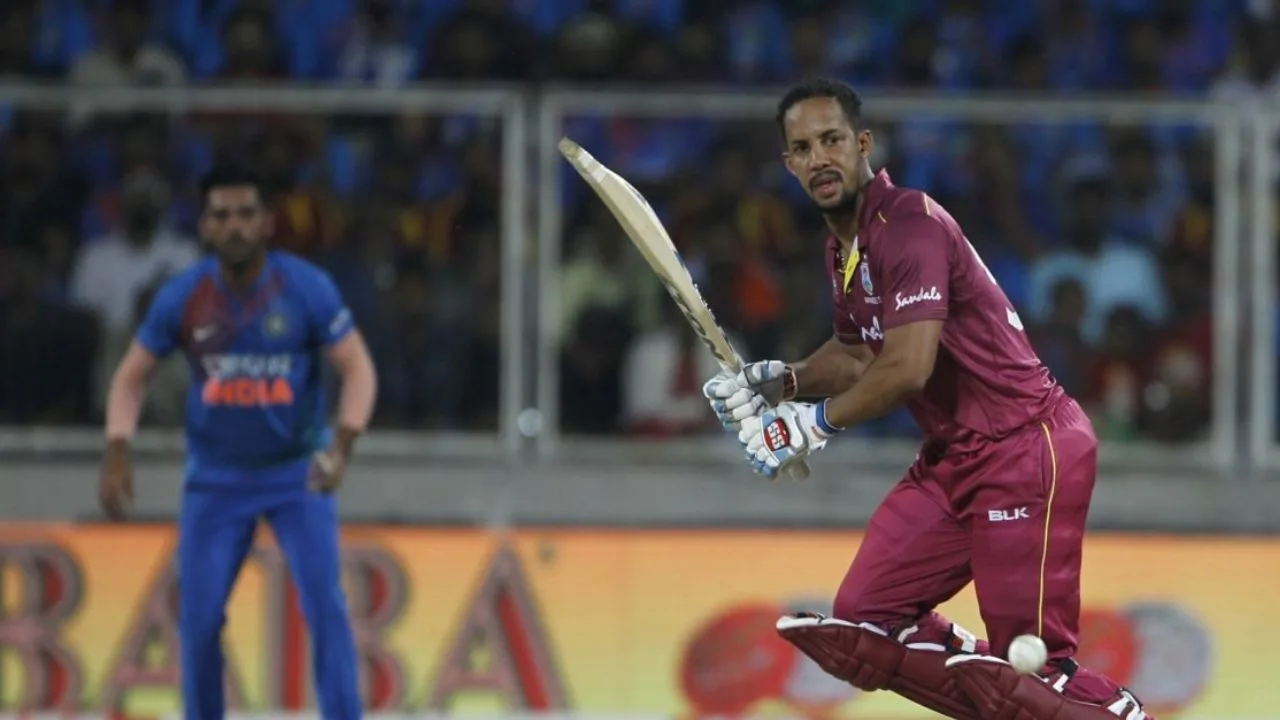
Lendl Simmons is a surprising name on this list. His innings shocked the world of cricket. In the 2010 World Cup match against South Africa, he batted for 61 minutes and scored only 16 runs from 35 balls, with a strike rate of 45.71. He didn’t hit any boundaries. He faced much criticism after this inning.
4. Majid Haque (Scotland)
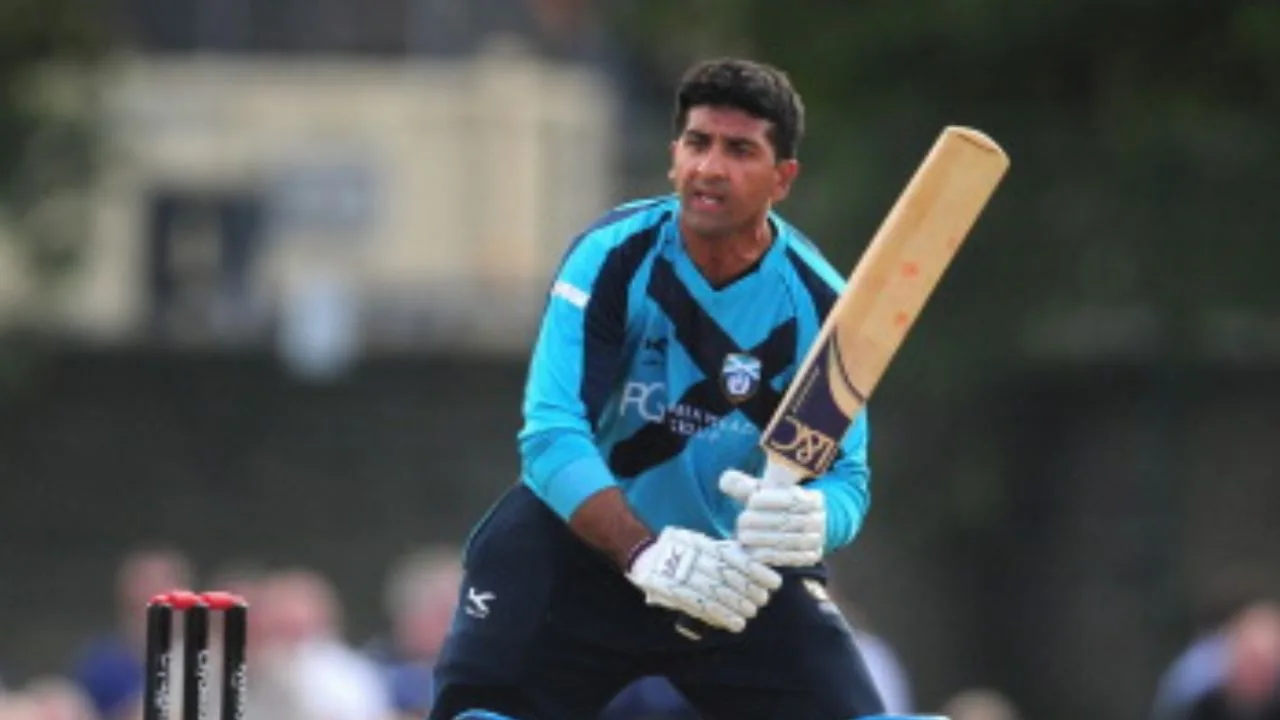
In the 2007 T20 World Cup, Scotland’s Majid Haque played the second slowest innings. He scored only 14 runs off 31 balls against Pakistan in Durban, with a strike rate of 45.16. There were no boundaries.
5. Alok Kapali (Bangladesh)
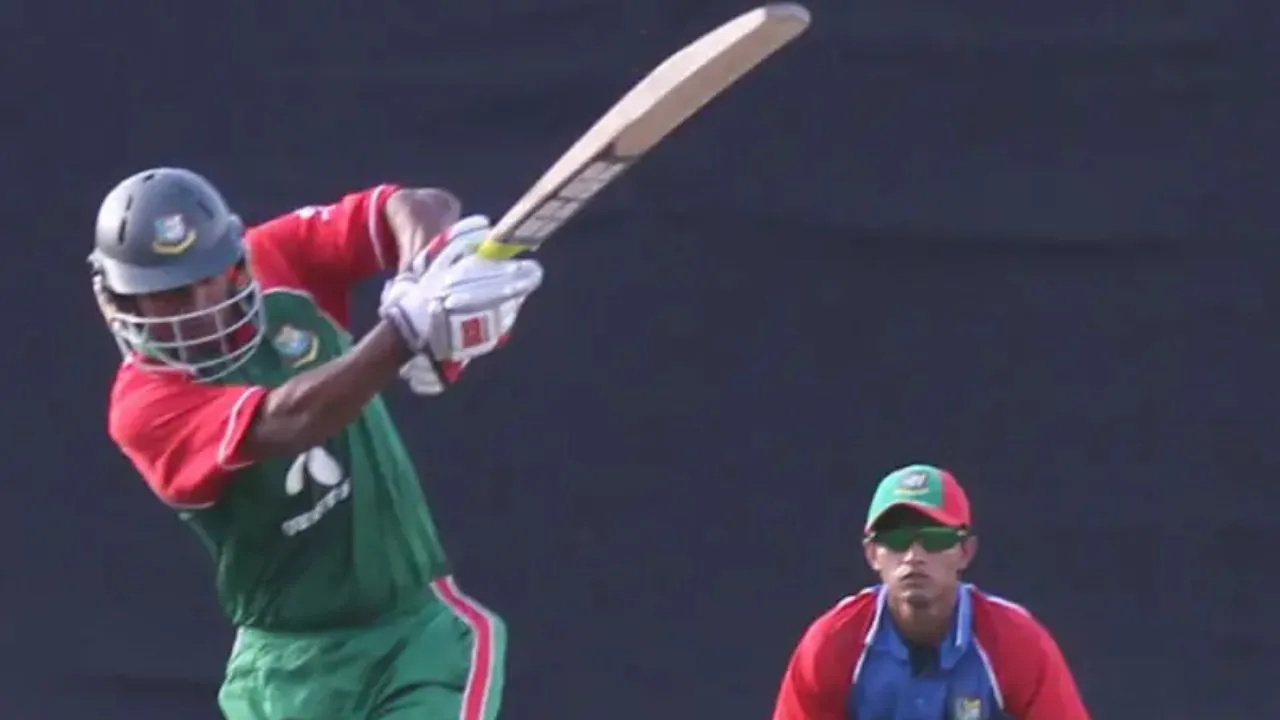
Alok Kapali holds the record for the slowest innings in World Cup history. In the 2007 edition, against South Africa in Cape Town, he scored only 14 runs off 35 balls, with no boundaries and a strike rate of 40.00.
